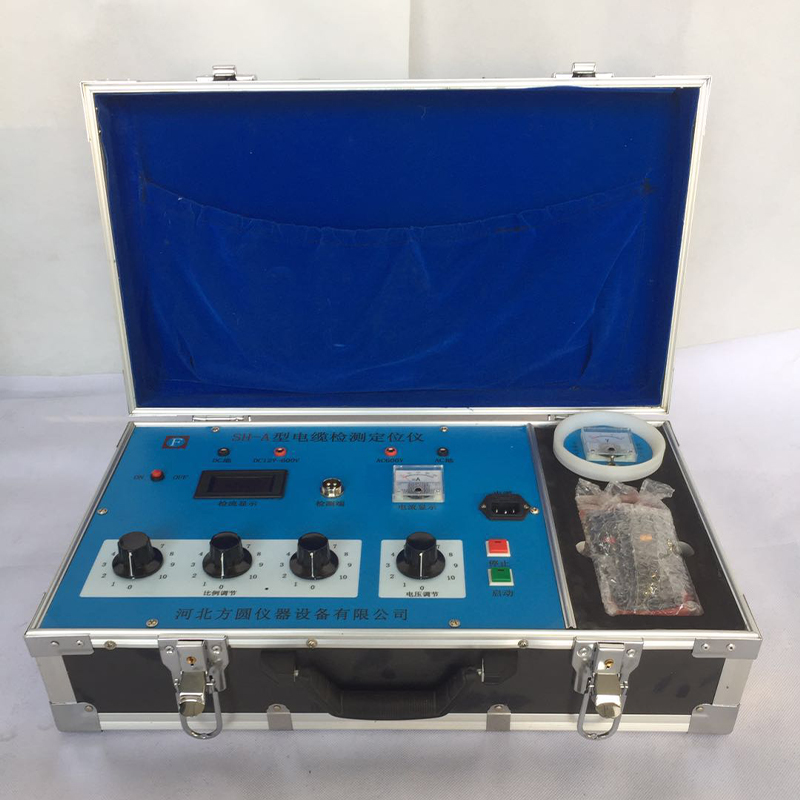Cable Flexibility Testing Equipment Manufacturer for Reliable Performance Solutions
Understanding Cable Flexibility Test Machines A Comprehensive Overview
In an ever-evolving technological landscape, the demand for robust and reliable electrical cables has surged. The longevity and performance of these cables often depend on their flexibility, which is crucial for ensuring they can withstand rigorous usage, bending, twisting, and environmental factors over time. To assess the flexibility and overall durability of cables, manufacturers and engineers utilize specialized equipment known as cable flexibility test machines. This article will explore the significance, operation, and advantages of these machines in cable manufacturing.
Importance of Cable Flexibility Testing
Flexibility is a critical parameter that determines how well a cable can perform under various mechanical stresses. Cables that are too rigid may suffer from mechanical failure, leading to increased maintenance costs, reduced lifespan, and safety hazards. The flexibility test simulates real-world conditions to which cables are exposed, ensuring that they can maintain performance expectations under bending and twisting scenarios. By investing in proper flexibility testing, manufacturers can significantly reduce the risk of cable failure and improve customer satisfaction.
What is a Cable Flexibility Test Machine?
A cable flexibility test machine is a specialized piece of equipment designed to measure and evaluate the bending capabilities of electrical cables. This machine typically subjects cables to various bending radii and cycles to assess durability, fatigue resistance, and overall performance. By using this machine, manufacturers can benchmark their products against industry standards and ensure compliance with relevant safety and performance regulations.
How Cable Flexibility Test Machines Operate
The operation of a cable flexibility test machine can vary depending on its design and features, but the fundamental process remains consistent across different models. Typically, the testing procedure involves the following steps
1. Preparation The cable sample is prepared and secured in the machine. This may involve positioning the cable in appropriate clamps or fixtures that simulate real-life installation conditions.
2. Configuration Operators set the parameters for the test, including the bending radius, testing speed, and number of cycles to be performed. Different cables may require varying parameters to accurately gauge their flexibility.
3. Testing The machine then performs the bending test, either continuously or cyclically, depending on the requirements. During this phase, the machine measures the strain and any resultant damage to the cable.
cable flexibility test machine factory

5. Analysis and Reporting After completing the test, results are analyzed to determine how well the cable performed. Engineers assess any physical damage or degradation and generate reports that might include recommendations for design improvements.
Advantages of Using Cable Flexibility Test Machines
Investing in cable flexibility test machines provides numerous benefits for manufacturers, including
1. Quality Assurance Regular flexibility testing helps maintain high-quality standards throughout the production process, ensuring that only the best products reach consumers.
2. Regulatory Compliance Many industries have set standards dictating the required flexibility and durability of cables. Testing machines help manufacturers meet these compliance requirements.
3. Improved Design By identifying weaknesses in cable designs, manufacturers can refine their products, leading to innovations that enhance performance and reliability.
4. Cost Efficiency By catching potential issues before cables reach the market, manufacturers can minimize repair and warranty costs, ultimately saving money and boosting profitability.
Conclusion
In summary, cable flexibility test machines play an essential role in the manufacturing landscape, providing critical testing services that ensure cables are not only durable but also capable of withstanding the various stresses they encounter during their lifespan. By utilizing these advanced machines, manufacturers can uphold the integrity of their products, comply with industry regulations, and continuously innovate in this highly competitive market. As technology progresses, the ongoing development of testing equipment will further enhance the reliability and performance of electrical cables, solidifying their role in modern infrastructure.
-
Why the Conductor Resistance Constant Temperature Measurement Machine Redefines Precision
NewsJun.20,2025
-
Reliable Testing Starts Here: Why the High Insulation Resistance Measuring Instrument Is a Must-Have
NewsJun.20,2025
-
Flexible Cable Flexing Test Equipment: The Precision Standard for Cable Durability and Performance Testing
NewsJun.20,2025
-
Digital Measurement Projector: Precision Visualization for Modern Manufacturing
NewsJun.20,2025
-
Computer Control Electronic Tensile Tester: Precision and Power for the Modern Metal Industry
NewsJun.20,2025
-
Cable Spark Tester: Your Ultimate Insulation Assurance for Wire and Cable Testing
NewsJun.20,2025
 Copyright © 2025 Hebei Fangyuan Instrument & Equipment Co.,Ltd. All Rights Reserved. Sitemap | Privacy Policy
Copyright © 2025 Hebei Fangyuan Instrument & Equipment Co.,Ltd. All Rights Reserved. Sitemap | Privacy Policy
